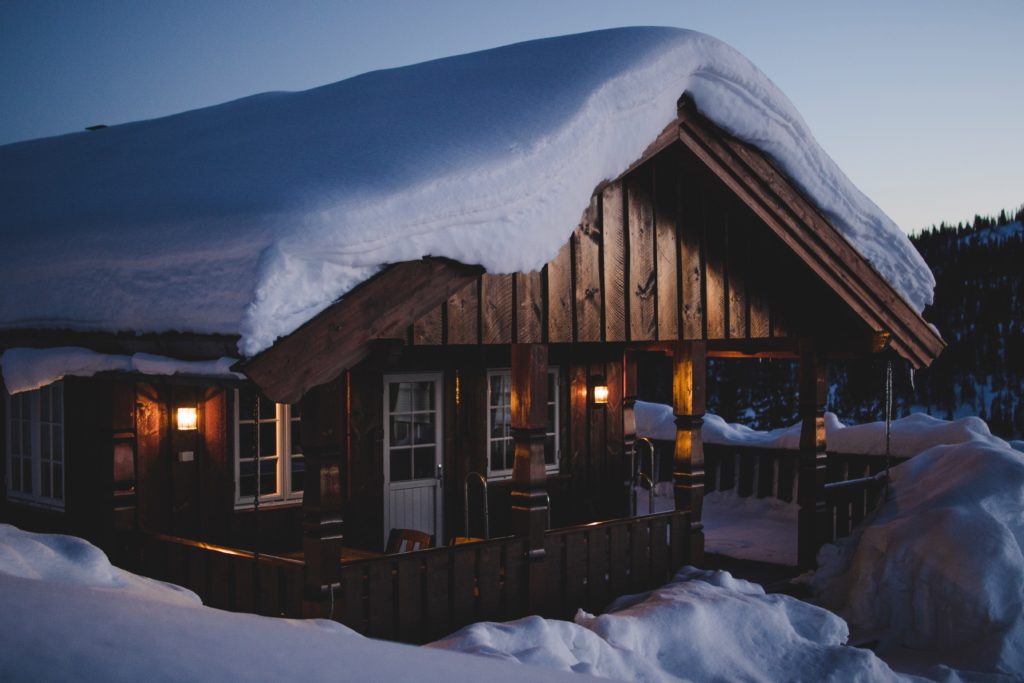
Eco-Friendly Winterizing Tips for Home and Office
Don’t let the cold weather catch you off guard this year. According to the Energy Information Administration, U.S. consumers will face above average heating costs this year due to increased energy costs and colder-than-average winter temperatures. The Winter Fuels Outlook Report, households relying on oil or gas for home heating will experience cost increases of 27% and 28% respectively. Winterizing your home offers energy-saving and cost-saving benefits.
Below we offer several cheap and eco-friendly steps that you can take to get your home ready for the winter months ahead.
Seal Cracks
Cold air could be escaping your home through small cracks around doors and window frames throughout the winter season. This is especially true for older homes. If you can’t tell which cracks might be superficial versus which ones air is escaping through, you can try the candle test. Have someone stand outside and blow warm air using a hair dryer. Someone else should stand on the inside and hold a lit candle flame up close to the crack being tested. If the candle flickers a bunch, then there is a draft and air is getting through the gap.
You can use transparent or white latex or acrylic caulk to fill these gaps. Caulking air leaks in your home can help make your home more energy efficient. Latex is your best choice if you plan to paint over the caulk.
Insulation
Your home’s first line of defense against keeping the cold out and the warmth inside is how well-insulated your walls, floors, ceiling, and attic are. By adding extra insulation to your attic, it’s possible to prevent heat loss. Before beefing up your attic insulation, it is very important to seal up any places where the air is leaking through your ceiling into the attic, such as around wire holes, recessed lighting, and hatches.
Clean HVAC Filter
You may or may not already be aware of this, but you should be replacing the filter in your HVAC system monthly. When the filter is clogged, the build-up blocks airflow and causes the cooling and heating system in your home to have to work harder to maintain the internal temperature you’ve set on your thermostat. For the best air quality, high-efficiency particulate air (HEPA) filters are recommended by the U.S. Department of Health because they can remove 99.97% or more of airborne allergens and pollutants.
You can also clean your air ducts to improve indoor air quality and HVAC efficiency.
Replace Weatherstripping
While caulk is the right choice for sealing up the fixed components of your home, weatherstripping is used to provide a tight seal on the moveable components of your home (e.g., your front door). The weatherstripping around your doors and windows can play an important role in keeping the cold air out and warm air in during the winter months. If you see light shining through tiny holes or cracks in the gaps under your door, then you likely need to replace the weatherstripping. Another option is to buy or make your DIY draft snake. These long tubes of cloth stuffed with rice can be placed on the floor in front of your home’s door to block cold air from coming in.
Smart Thermostat
You can improve energy efficiency in your home by upgrading to a Smart programmable thermostat. Smart thermostats connect to the internet and can be controlled by your phone, tablet, or smart speaker. These devices save energy by automatically taking advantage of time when you should use less energy. These small energy savings can add up over time since smart thermostat users can save about 8% per year on their heating bills.
Check out this article we wrote on how to set your thermostat to lower your energy bill this winter season.









